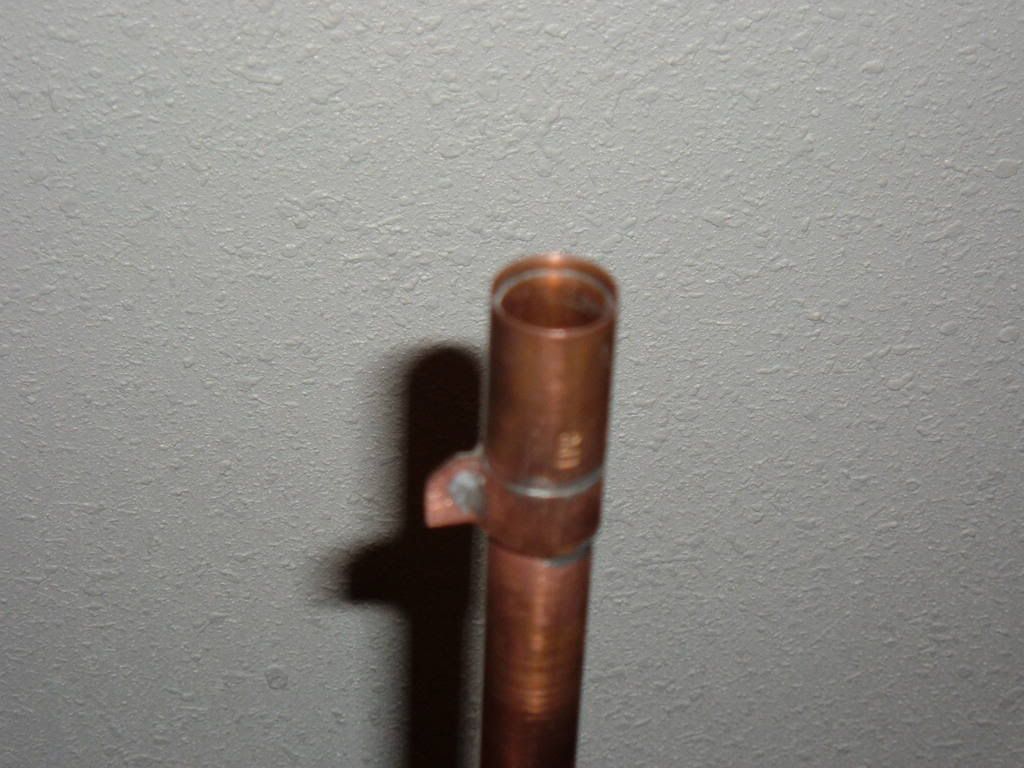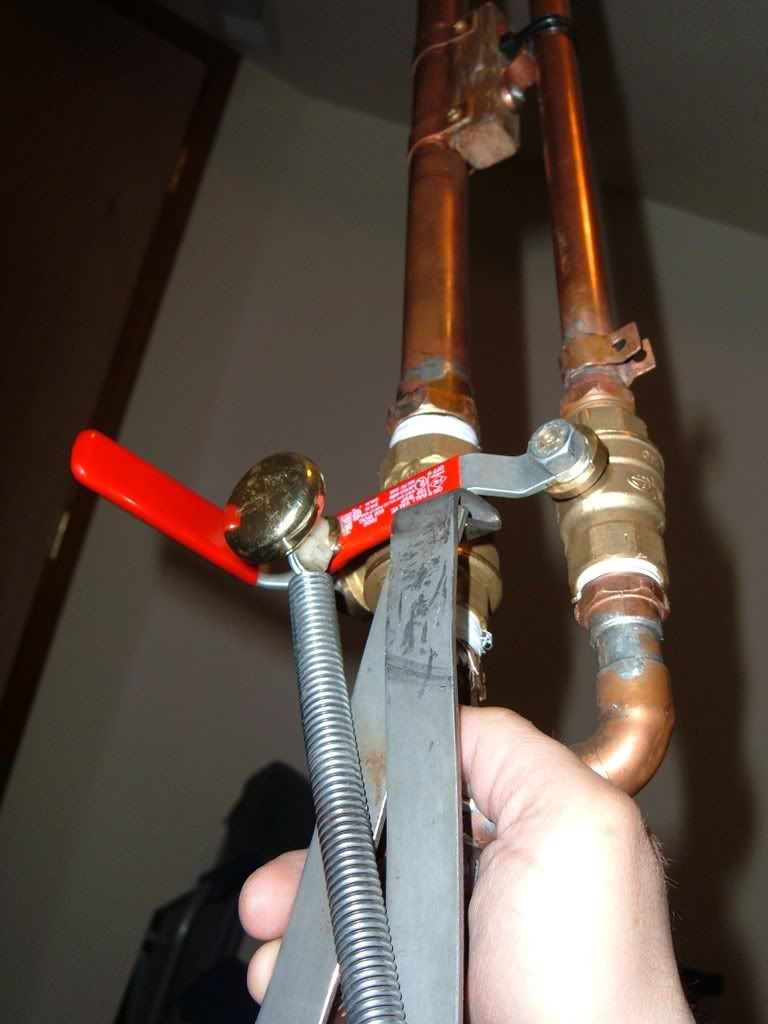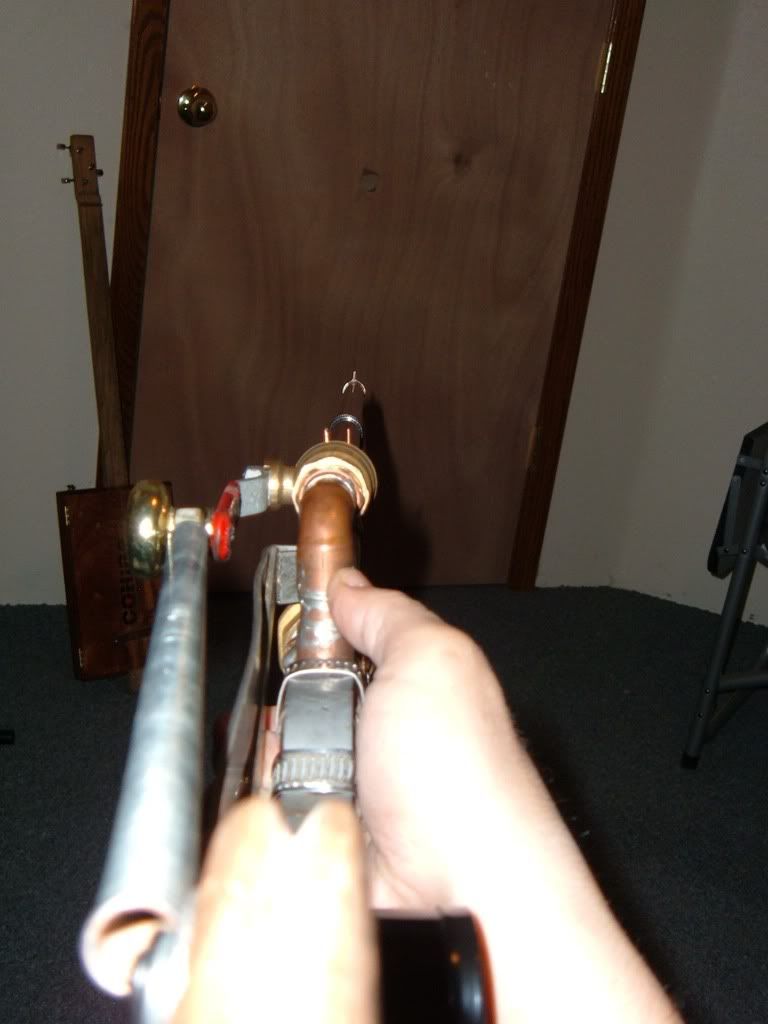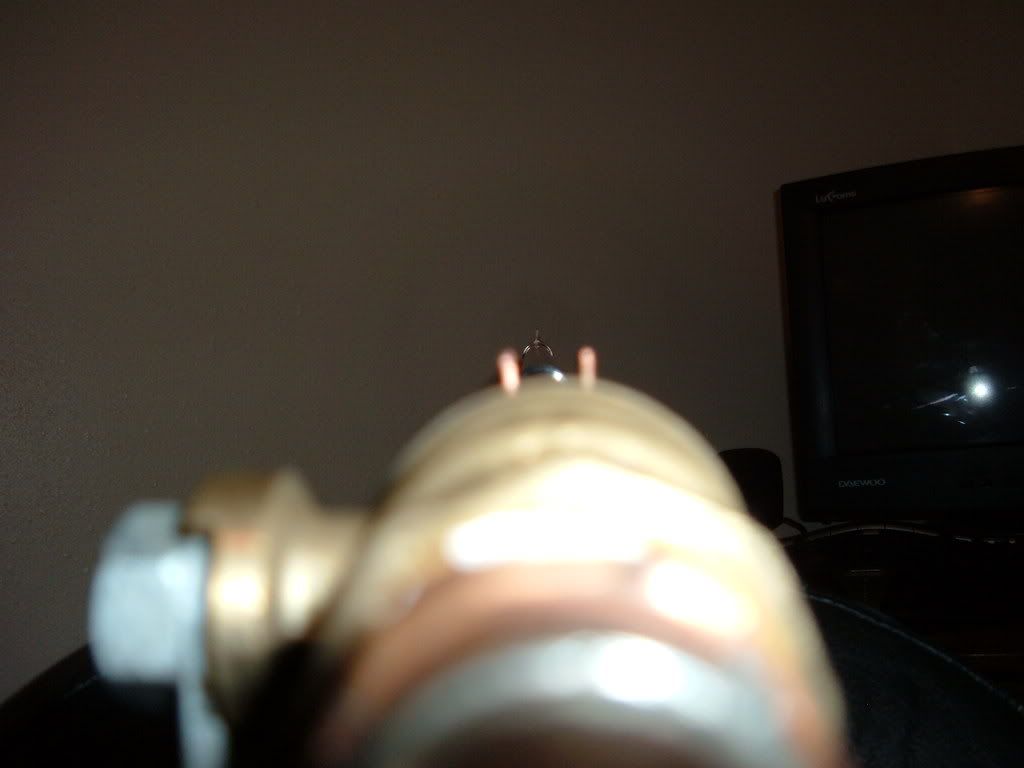Good stuff
KopperBess - My first copper pneumatic
- inonickname
- First Sergeant 4

- Posts: 2606
- Joined: Sun Dec 07, 2008 3:27 am
Very nice! Good to see some pictures. Spring operated Ballvalves aren't too bad, but most people would agree go piston or similar. I use a pneumatic ram to trigger my BV gun (made from a syringe, use whatever to pilot..
Good stuff
Good stuff
PimpAssasinG wrote:no im strong but you are a fat gay mother sucker that gets raped by black man for fun
Yes, that's pretty much how it works. I modeled it after a leaf spring, you squeeze it in to release the valve. I filed in a recess on the sear plate that the lever on the valve sets into. that way, it won't accidentally go off when pumping or loading . you can squeeze all you want, but it won't disengage until you push forward slightly on the valve's handle, at which time the leaf spring pulls over enough for the valve's lever to rest on a smooth spot, which is the firing position. at that point, a little squeeze releases the valve, which snaps opencheeseboy wrote:Is the bent metal bar used to hold the valve then you move it to fire? if its not, can you please explain how it works?
Tape Fist, if I recall correctly, my chainmail is made from 12 gauge galvanized steel wire. I made it a few years back. I turn and cut my own coils. It's very time-consuming, so I don't make that much anymore, but I have a friend who is a jeweler and I taught him how to make it, he makes way more chainmail than I do these days.
Starman, thanks for the compliments. The strapping is not so much a standoff for the spring, it's a standoff for the lever on the valve, the coil spring merely provides the tension to throw the valve open. my coil spring never interacts with my triggering mechanism directly. Although, when the valve is closed, it does contact the inside of the coil spring a little, but even without my leaf spring in place, the coil is out of the way. It never rubs or wears on any part of the gun. There is also no pre-tension in the coil spring; When the valve is fully open, the spring is at rest. I didn't want premature wear on the moving parts, or a fast moving piece of metal hitting me in the face when something broke. I wanted this to be as safe as possible. I inspect the ballvalves and other moving parts for wear every time before I shoot, just in case.
The coil spring itself is connected to the stock (a piece of red oak) and the valve handle via the knob. I'll be sure to take some more pics when I'm back from the office to show exactly how it works. It took about two hours of bending, hammering and shaping on a steel buck to turn the steel strips into the spring; It's got a specific curvature to clear the valve, not to mention hammering the steel makes it stiffer so it can retain the shape (like turning a coil of wire, and pushing and pulling the coil to harden it into a spring). It's actually two pieces of steel, crimped together where it contacts the valve, but I will be welding that crimped connection once I pick up my welder from my brother's place.
-Speed is a question of money; How fast do you want to go?











